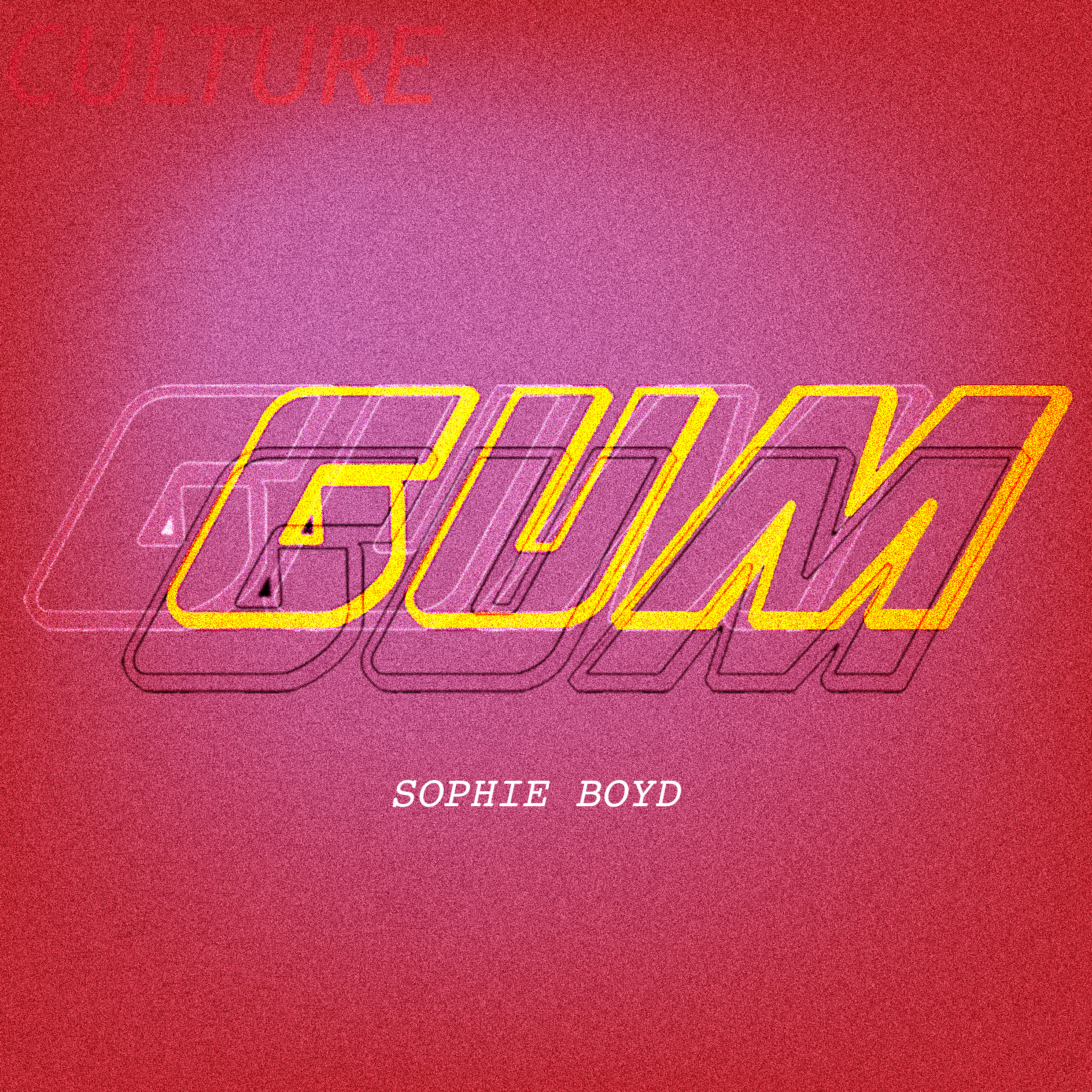Words: Sophie Boyd (She/Her)
‘It’s so bad, it’s good.’ This common sentiment is expressed in relation to the term ‘Camp,’ popularised recently by a throwaway language culture prevalent within social media. So what is Camp? Susan Sontag attempts to chronicle this ambiguous subculture in her 1964 essay Notes on Camp. She describes Camp as a love for the unnatural, for excess and exaggeration, an appreciation of style over content, an act of trickery, a serious failure and a consistent passion.
Camp taste emerged in the mid-seventeenth century during the rule of Louis XIV in France (unsurprisingly). The Sun King’s flamboyant style and notoriously pretentious attitude reflected on his court, leading to a hotbed of artistic production. Although its etymology is unclear, the term ‘Camp’ is thought to originate from the French verb ‘se camper’, meaning ‘to strike an exaggerated pose’ or ‘to pose boldly’, and first appeared in English dictionaries in 1909. Sontag describes Camp as the ‘modern dandyism’, a term coined by Oscar Wilde. In An Ideal Husband, he described the essence of what it is to be a dandy: “natural is such a very difficult pose to keep up.” A love for artifice blossomed when gothic theatricality manifested in Bram Stoker’s Dracula and Wilde’s The Picture of Dorian Grey, setting a new standard of taste for the nineteenth century. Albert Camus stated that the dandy resist societal culture, searching for unique ‘higher’ tastes to cement his place at the fringe of humanity. The key difference between Camp and dandyism: the dandy denies himself many worldly pleasures, raising his brow in judgement. ‘Camp’ allows the dandy’s objections to be met with humour and awe. Camp delivers an entirely unique way of judging and appreciating art – loving to hate.
Just as ‘dandy’ had come to exist in the aristocratic milieu of the nineteenth century, Camp surfaced in the liberal political landscape of the 1960s. In the UK, calls for social change secured the election of the first Labour government in 13 years in 1964 and ensured partial decriminalisation of male homosexuality under the Sexual Offences Act in 1967. Over the pond in the US, Camp found fame in the underground film scene with the Kuchar twins and Andy Warhol. In 58 short(ish) paragraphs, Sontag’s narrative tone suggests a wealth of mythical knowledge and reads like a secret. In fact, Sontag relays the ironic opinion that “to talk about Camp is to betray it,” before gifting us the next eleven pages of Camp gospel. In #10, Sontag describes Camp as “the farthest extension, in sensibility, of the metaphor of life as theatre.” Her examples of pure Camp are Art Nouveau Paris Metro entrances (Sontag’s declared Campest period), Gaudi’s unprecedented architectural feats, Carlo Crivelli’s beguiling Renaissance paintings, and classical ballets like Swan Lake. Even at the time of publication, the examples given were largely outdated. The camp lens favours the past – once removed from today’s reality, we can view modern extravagance we’d been blind to before.
The 2019 Met Gala’s ‘Camp’ theme shone a light on Sontag’s work decades after its publication. It challenged celebrities to create glamour that matched the vague descriptions given by Sontag. The catch-22? According to Notes on Camp, no attendee of the Gala could achieve Camp. Yet some celebrities proved more successful than others: Lady Gaga, Billy Porter, Katy Perry, and Lupita Nyong’o, among others, exhibited the consistent theatricality that ultimately distinguishes ‘Camp taste’ (an acknowledgement of seriousness) from ‘bad taste’.
Susan Sontag’s seminal work broke new ground in its definition of the Camp style. However, the lack of a contemporary framework for Camp taste has left it vulnerable to the heterosexual mainstream. To feel a closer connection with Camp since its outing at the Met Gala, we might elect some new representation. In keeping with #33, where Sontag emphasises the importance of continuous faith in one’s character, Jeff Goldblum and Jennifer Coolidge are Camp icons of our era. Amanda Lepore, Leigh Bowery, and Cher achieved Camp by retaining their individualism while always draped in the most ornamental, excessive fashions. Camp style has a rich archive that needn’t exist in the public domain – as is the underground way of Camp.
So is this widespread use of ‘Camp’ a loss for the Queer community? I would argue that a version of Camp has been lost since Sontag’s essay in 1964. Despite her valuable insights into a hidden counterculture and thoughtful observations, Camp performs best when left to its own devices. It doesn’t need the regulation and policing that Sontag describes, and doing so limits its extravagance. Susan Sontag’s most criticised argument for Camp, #2 is its supposed lack of engagement with political issues. This style, which found its roots in the courts of French Classicism, was nurtured by the dandies and transformed into a complex reverie of enthusiasm and decadence, which could not exist without the politics that made it necessary. Being queer is an act of resistance, and performing a style that originated within the LGBTQ+ community is a visual rebellion. If the Met Gala taught us anything, it’s that pure Camp cannot be forced. I’m looking at you, Karlie Kloss.

